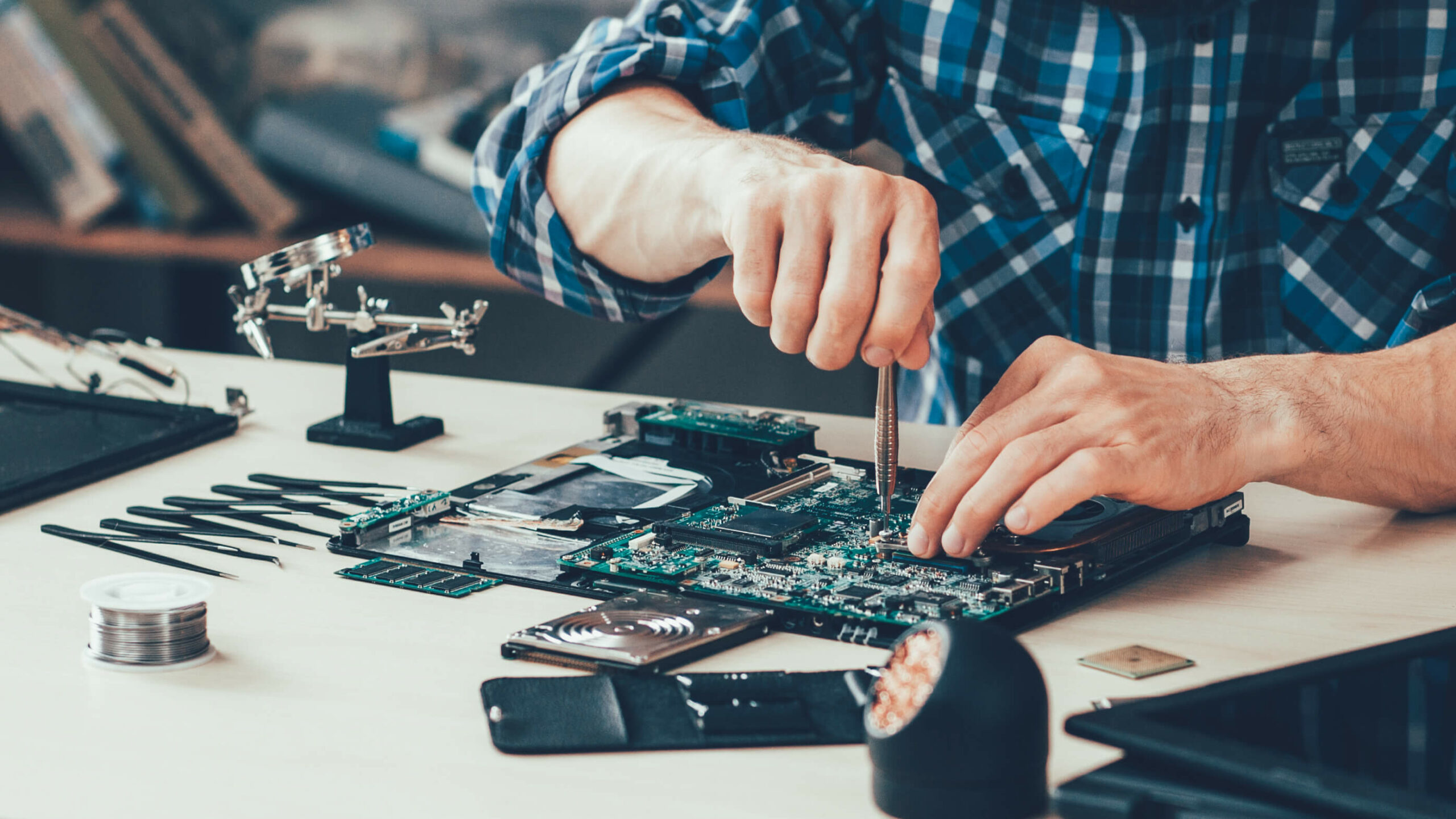Access networks and home networks
Overall Course Objectives
The course provides a broad overview of methods and techniques used to connect different types of terminals, for example. private household appliances, entertainment electronics, telemedicine measuring equipment, sensors (and similar M2M devices) to a communications network.
The course will primarily focus on the wired networks and networks using non-licensed frequency bands (mobile communication is covered in 34333 and 34343). Both the traditional problem of being connected to a public or global network and the appearance of the home network that can connect are considered. The course will cover both the physical transmission parts focusing on the different multiplexing methods generally used to achieve high bandwidth efficiency for media with varying characteristics as well as protocol hierarchical aspects that ensure integration of many different applications with very different quality needs and requirements for network performance (QoS).
Finally, the course will discuss the influence of the general network architecture as well as control, management and planning of a network – including a general introduction to the statistical conditions related to traffic aggregation that help secure a cost-optimized connection to the network.
Learning Objectives
- Describe the architectural structure of the Internet that ensures connection of users, terminals, services, autonomous devices (e.g. sensors) and the similar
- Explain the principles of using different network topologies and multiplexing principles for efficient and cost-effective end-user systems.
- Explain the principles and requirements of a public access network and a home network.
- Define the basic differences between wired and non-wired (wireless) networks
- Define the basic differences in shared and dedicated media based on, among other things, performance and service warranty aspects
- Analyze the importance of choosing protocol architecture for access networks
- Analyze the importance of selecting multiplication method for access networks
- Explain the principles and architectures of xDSL networks, both the basic technology, and the principles of bitstream access, raw copper, traditional and forward DSLAM
- Describe the use of optical fiber in access and home network (both active and passive optical access networks – EPON, GPON, xGPON)
- Clarify the CAP, DMT, FDMA, OFDMA, CDMA and similar principles
- Clarify the basic principles of cable modem (DOCSYS) and powerline networks
Course Content
The course will deal with general aspects of network access and use concrete “standards” to exemplify basic trends and differences. The course will evaluate and compare the possibility of increased capacity in the cable network with the flexibility and mobility of wireless networks. Within the public part of the network, solutions will focus on reuse of the existing infrastructure (e.g. cable modem or xDSL), and solutions that require new optical fiber cables (e.g. PONs). There will be great focus on understanding the basic principles and comparison of the advantages and disadvantages of the different solution models.
For the home network, focus will also be on comparing the various prevailing technologies and techniques (such as Bluetooth, ZigBee, WiFi, LiFi, USB, Firewire and Ethernet) and focusing on how home equipment integrates physical and protocol technical. It will also be seen how parts of the home network can be physically placed outside the home in, for example, cloud solutions.
The course will also address the gateway function and seamless interworking aspects of cross-communication between the private and public areas and between wired and wireless domains.
Within the general network aspects, the course will deal with some of the latest ideas on how to restructure networks, for example, based on a media converter that gathers the various access formats and directs data to the most advantageous content distribution networks.
In relation to these aspects, the course will provide a general review of the building of data centers and methods for virtualization of these resources as well as security aspects in relation to, for example, “Smart homes” eHealth and similar applications.
Teaching Method
Lectures






